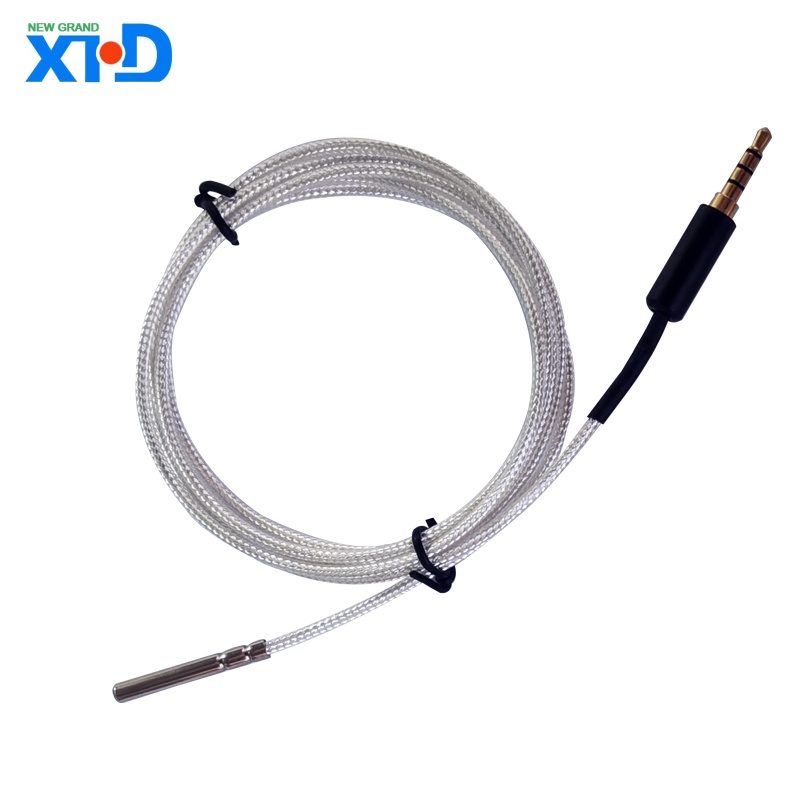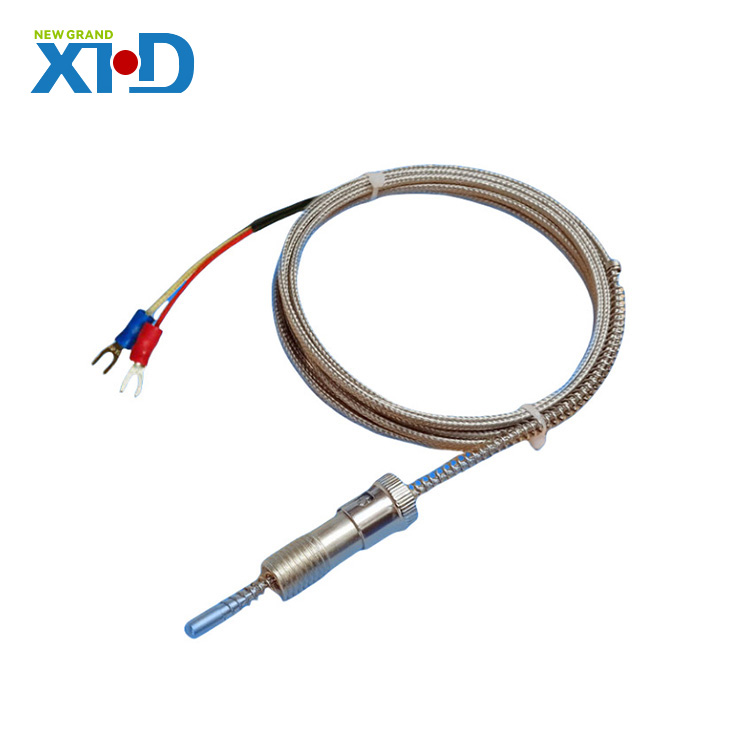
A temperature sensor is a sensor that can sense temperature and convert it into a usable output signal. Temperature sensors are the core part of temperature measuring instruments and come in many varieties. According to the measurement method, they can be divided into two categories: contact type and non-contact type.

The detection part of the contact temperature sensor has good contact with the object to be measured, also known as a thermometer.
The thermometer achieves thermal equilibrium through conduction or convection, so that the indication of the thermometer can directly represent the temperature of the object to be measured.
Generally, the measurement accuracy is high. Within a certain temperature measurement range, the thermometer can also measure the temperature distribution inside the object. However, for moving objects, small targets or objects with very small heat capacity, a large measurement error will be generated. Commonly used thermometers include bimetallic thermometers, glass liquid thermometers, pressure thermometers, resistance thermometers, thermistors and thermocouples. They are widely used in industry, agriculture, commerce and other sectors. People also often use these thermometers in daily life.

Its sensitive element does not contact the object to be measured, also known as a non-contact temperature measuring instrument. This instrument can be used to measure the surface temperature of moving objects, small targets and objects with small heat capacity or rapid temperature changes (transients), and can also be used to measure the temperature distribution of temperature fields.
The advantage of non-contact temperature sensors is that the upper limit of measurement is not limited by the temperature resistance of the temperature sensing element, so there is no limit on the maximum measurable temperature in principle.